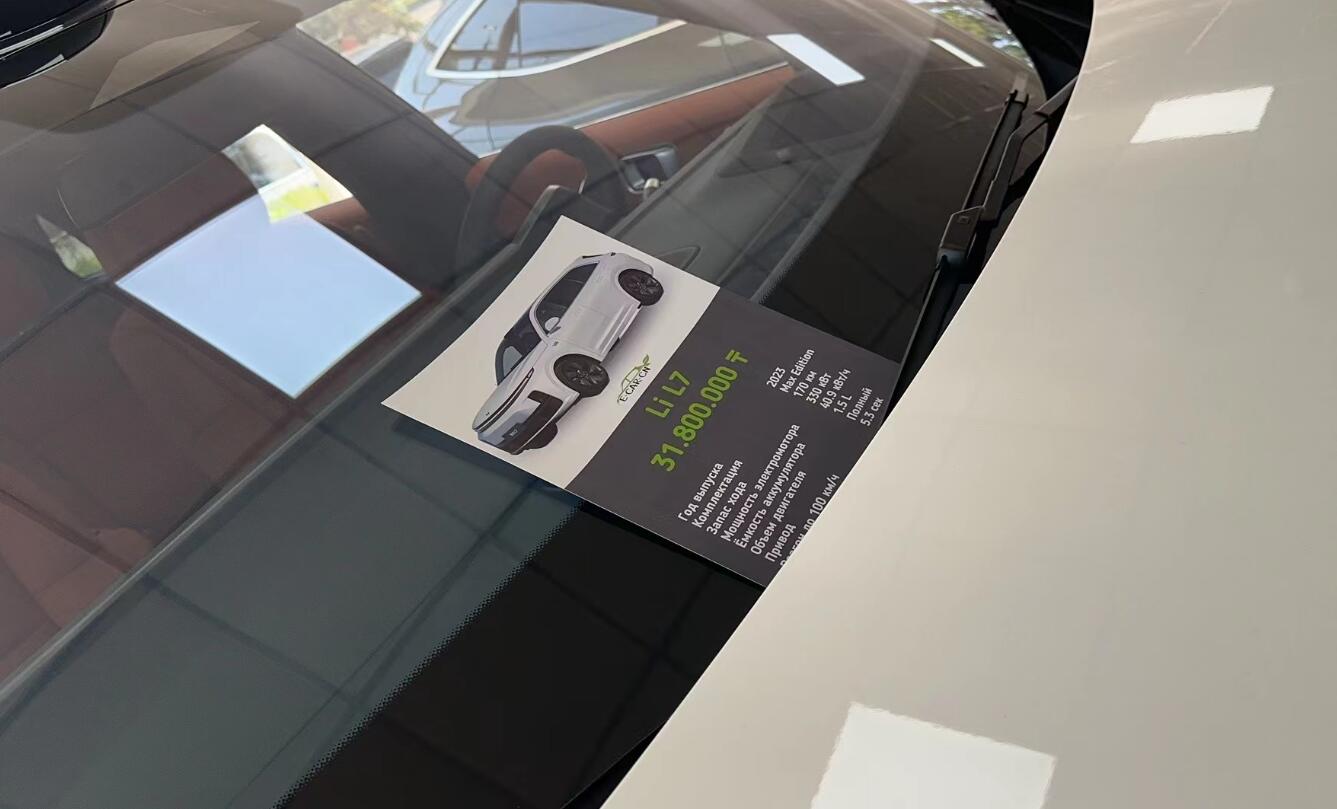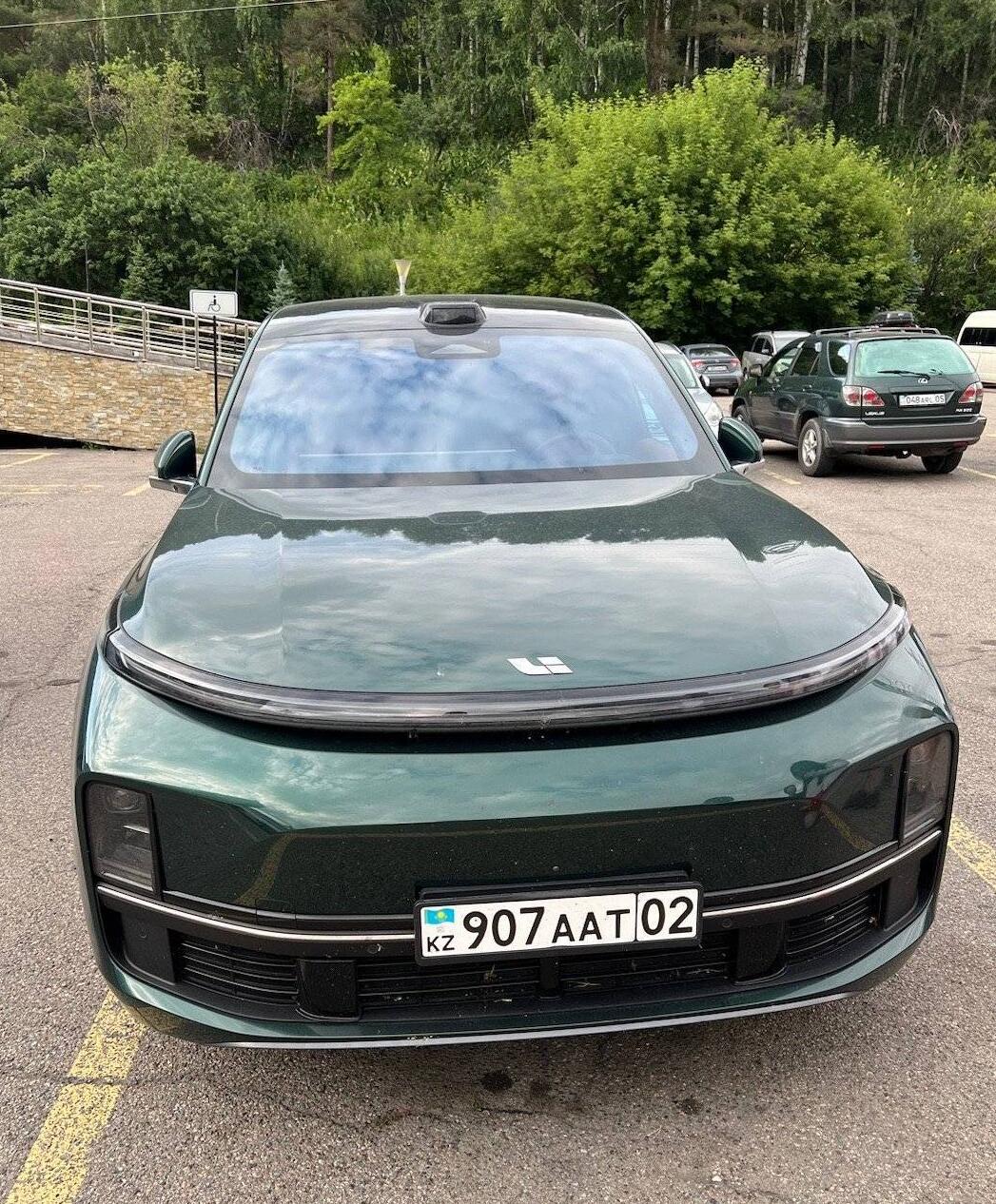يستمر تركيز Li Auto الاستراتيجي على السوق المحلية حتى 2025, على الرغم من صادرات السيارات الخاصة
In the first two weeks of July, اكثر 200 Li Auto vehicles were privately exported to Central Asia and the Middle East, according to the CEO.

(Image from Li Auto CEO Li Xiang’s Weibo.)
لى السيارات (ناسداك: لي) will not enter overseas markets until 2025, despite some demand for its vehicles abroad.
During a recent Weibo post, لي شيانغ, the founder, رئيس, and CEO Li Auto, revealed that more than 200 Li Auto vehicles were exported by private individuals in the first two weeks of July. The investigation conducted by Auto found that Central Asia and the Middle East were the primary destinations for these exported vehicles.
Li Xiang stated,سابقا, parallel imports were popular in China, but now parallel exports are gaining popularity.”

لكن, Li Auto will remain focused on achieving its 2025 target and will not venture into overseas markets until then. الاضافه الي ذلك, Li Auto plans to maintain its direct sales model in international markets.
في يونيو 21, Li Xiang shared on Weibo that Li Auto aims to achieve annual sales of 1.6 million vehicles and annual revenue of 500 مليار يوان ($70 مليار) ب 2025.
In contrast to لى السيارات, نيو (رمزها: نيو) entered the European market in 2021, establishing directly operated stores and launching multiple models. إكسبينغ (رمزها: إكسبيف) has also entered Europe and recently announced a partnership with a local dealer to expand into Israel.
The Weibo post by Li Auto’s CEO included an image of the Li L7, the company’s five-seat SUV, بسعر 31,800,000 tenge ($71,630) in Kazakhstan.
The Li L7 Li Auto’s most affordable model, بدءا من الرنمينبي 319,000 ($44,430) في الصين.
All of Li Auto’s models are extended-range electric vehicles (EREVs). The Li L8 and Li L9, the other two models, currently start at RMB 339,800 والرنمينبي 459,800 respectively in China.
In the comments section of Li’s Weibo post, some users shared images of the Li L9 spotted in Kazakhstan and Russia.
($1 = 443.9500 Kazstani tenge, $1 = يوان صيني 7.1802)

 السيارات في الصين
السيارات في الصين